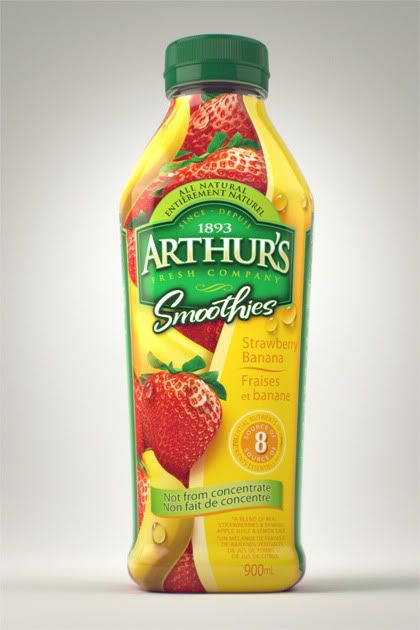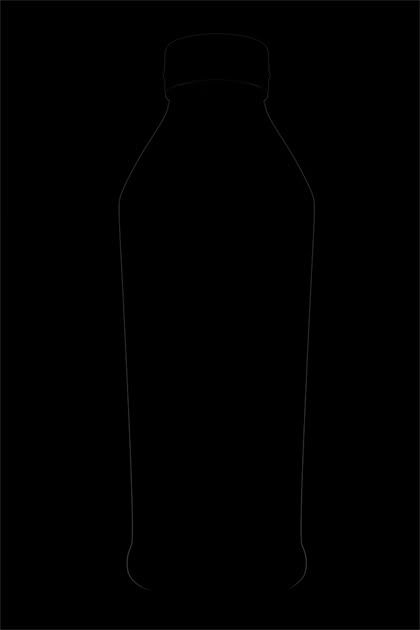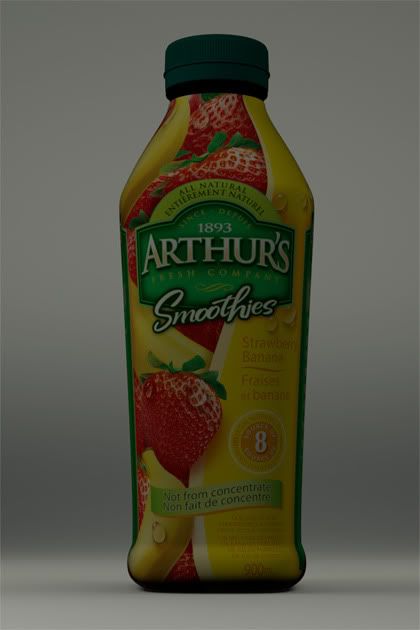Lighting + GI + Reflection + Refraction + Spec + SSS = Beauty. That equation seems to work out perfectly.
Why is it that if you do (RawLight + RawGI x Diffuse) + (RawReflect x ReflectFilter) + Etc...the math never works out quite right?
Am I doing something wrong or is this sort of a known thing?
Why is it that if you do (RawLight + RawGI x Diffuse) + (RawReflect x ReflectFilter) + Etc...the math never works out quite right?
Am I doing something wrong or is this sort of a known thing?





Comment